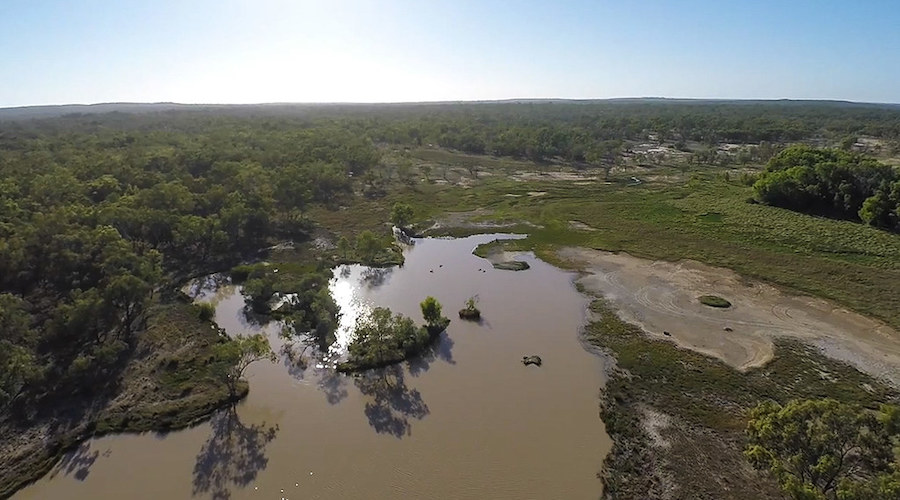“That’s pretty nasty stuff,” said Chad McNutt, who is both the owner of the meteorology firm Livestock Wx in Casper, and a sheep farmer. Older animals, “in particular, will not make it,” he said.
McNutt has already lost a handful of sheep, he said, from a herd of about 200.
In addition to heavy rains, the storm is also pulling in warm air that’s melting heavy snow in other parts of Nebraska, Iowa, Minnesota and Wisconsin, said Don Keeney, senior agricultural meteorologist at Radiant Solutions in Gaithersburg, Md. Feedyards, which raise cattle to market weights, are seeing flooding as a result. That’s hampering feeding and transportation, and can cause diseases like foot rot in animals, Wiegand said.
‘Historic’ levels
The storm’s central pressure, a measure of strength, “reached near historic’’ levels over Colorado, said Andrew Orrison, a forecaster with the U.S. Weather Prediction Center. Though blizzard conditions are still holding on as far south as Nebraska, the storm is now weakening as it moves northeast toward the Great Lakes and Canada, Orrison said.
Overall, more than 18 inches of snow fell across parts of Colorado, with Denver getting 7.1 inches, the National Weather Service said.
Rivers throughout the Midwest and Great Plains will remain high through the weekend, said Marc Chenard, a senior branch forecaster at the Weather Prediction Center. Temperatures will warm above freezing throughout much of the area but still remain below normal.
“At least we are not expecting any more rain,’’ Chenard said.
Across the upper Midwest, 34 percent of river gauges are at flood stage or higher, according to the North Central River Forecast Center in Chanhassen, Minnesota.
Mines snowed in
High winds were the main culprit stressing winter wheat that’s only grown half-a-foot high, said Dan Basse, president of AgResource Co. in Chicago. Prices on wheat futures for May delivery settled up 1.2 percent to $4.52 3/4 a bushel in Chicago, while cattle futures for June delivery closed up 0.9 percent to $1.2035 a pound.
Meanwhile, the snow and high winds also hindered mining operations run by Freeport-McMoRan Inc. and Coeur Mining Inc.
Freeport said in a statement Wednesday that heavy snowfall and avalanches were affecting its Climax molybdenum unit in Colorado, and that the company was working to safely manage snow removal. A Coeur Mining spokesman said the same day that the explorer was “kind of in this holding pattern,’’ with no trucks coming in and out of the Wharf mine in South Dakota the next day or two.
‘Waiting to melt’
After one of the wettest falls and winters in recent history, farmers across the Great Plains and Midwest are pondering what will happen when temperatures rise and more rain arrives.
“There are four to eight inches of frozen water in the snow and ice from much of the Dakotas through Minnesota and Wisconsin,” Mike Tannura, founder of T-Storm Weather in Chicago, said by telephone. “It is just sitting there waiting to melt.”
Still, even if the region turns into a muddy mess, farmers should still be able to wait for conditions to improve for corn and soybean planting, Tannura said. In northern states, crops can go in by May or June and still be alright, he said.




